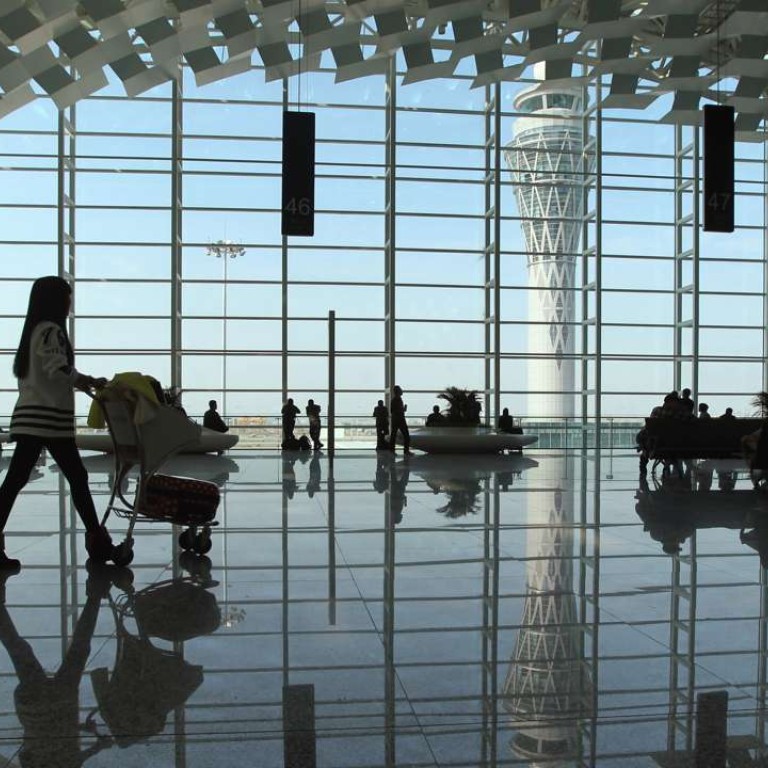
Integration key to ambitious infrastructure plans for Pearl River Delta
Headlong rush to build, build and build could end up as a lose-lose-lose situation for cities in southern China
Hong Kong, Macau and their mainland neighbours have big plans for the future. Major infrastructure projects are under way and more are proposed. Shenzhen and Guangzhou have approved ambitious blueprints for development, their eyes on international and regional markets. There are overlapping interests and goals that could lead to a shortage of construction resources and white elephant schemes unless governments share information and coordinate efforts.
Airports are a case in point. There are five in the region able to take large commercial jets, in Hong Kong, Shenzhen, Guangzhou, Macau and Zhuhai. But growth and ambition is driving Shenzhen and Guangzhou to either expand existing facilities or build new ones in spite of strains on regional airspace and limits to the growth potential for passengers and cargo. Those plans, should they come to fruition, would heighten competition for Hong Kong International Airport, where work on a third runway is expected to begin in August.
Guangzhou’s airport already has three runways and another two are planned. Expansion fits a blueprint approved by Beijing in January for the city to become an international trade centre and regional transport hub by 2020. But nearby Shenzhen also aims to be a nucleus in southern China for air, road and rail traffic. Apart from building a third runway at its airport and pushing for more international flights another three facilities were recently proposed, for commercial jets, seaplanes and helicopters. They would be part of the city’s eastward expansion to deal with rising population, land shortages and increasing property prices.
New airports could affect Hong Kong’s passenger and cargo projections for the third runway, to be completed in 2023. Military control of mainland airspace already limits regional flight movements. More planes in our skies will exacerbate those strains. Airports in Macau and Zhuhai are already underutilised.
In approving Guangzhou’s blueprint, the State Council stressed that a holistic approach to building infrastructure was necessary and air, road, rail and port links should be integrated with the region’s cities. Belt-and-road initiatives bringing South China together, and pan-Pearl River Delta cooperation measures, economic agreements between cities and deals like that signed in January between Hong Kong and Shenzhen airport managers to join hands with development strategies will help. But there is always a danger that competition will lead to hidden agendas and a lack of transparency. Cooperation and integrated plans are essential to ensure smooth growth and development.

